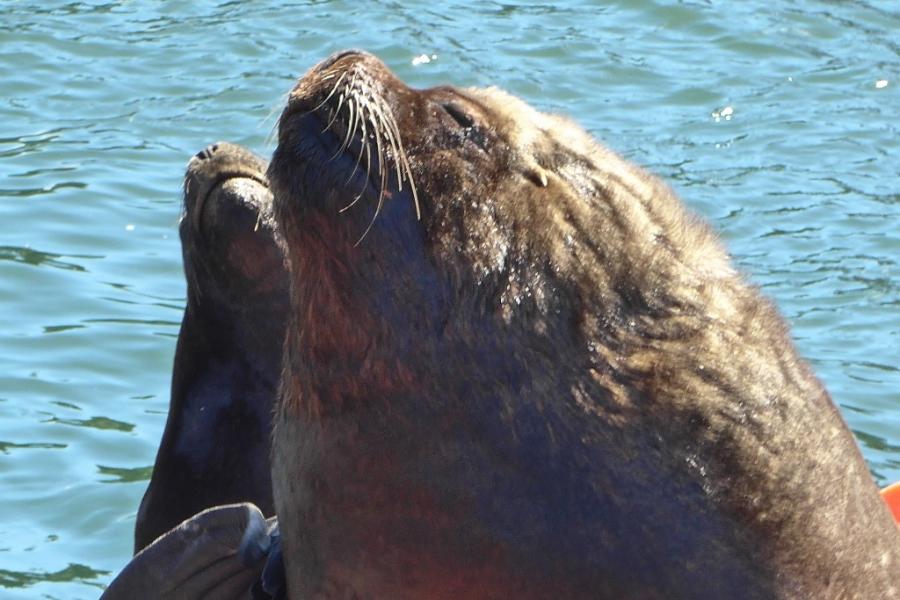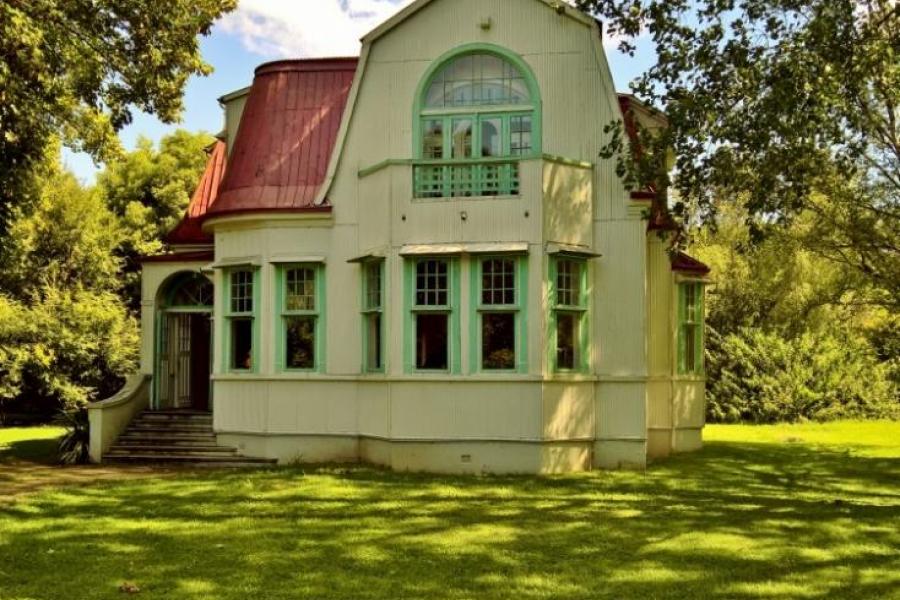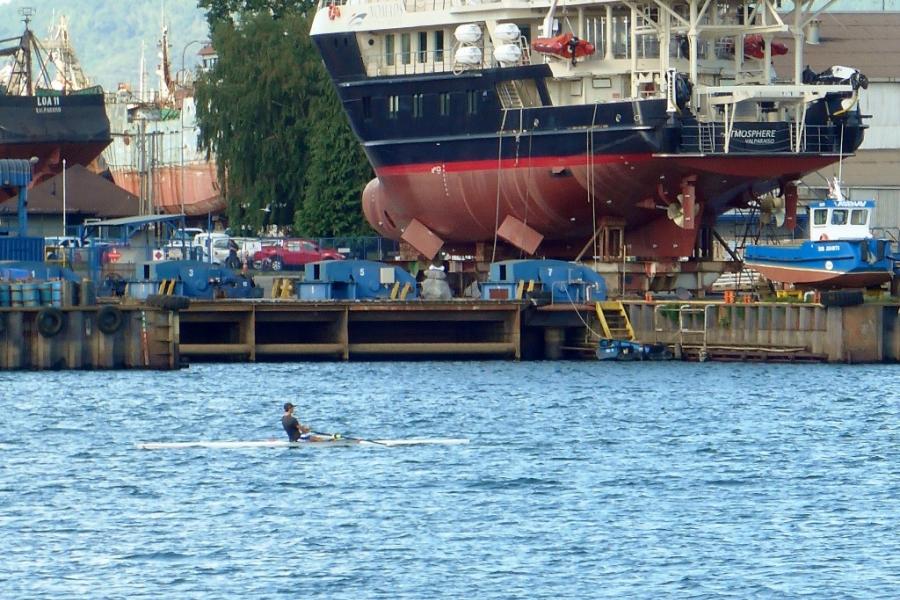Chile 101. (Originally posted 16 Jan 2017)
Country
When analysts are baffled by the political contortions of a country they always go back to the basics and focus on geography for the character of every country is formed in the first instance by the land itself. Long term blog readers may have suffered through a little of my tub thumping on this in the past, but I have always found it an interesting and illuminating way to form an understanding of a new land. If geography is a good explanation of national behaviour in the past, there is a good chance it will be provide an explanation of the present and a prediction for the future.
Examples of how this works are easy to find. Britain's unique geography gave it defensible borders against larger and more powerful European nations that allowed it to avoid domination and gave it the incentive to explore opportunities in the wider world. BREXIT doesn't look so unexpected from this perspective. The United States' unparalleled fecundity provided the basis of its strategic power and formed the optimistic character that is its hallmark. Australia's desolate land and isolation have founded its outward looking character and politics from the start. Germany's position on the flat plains of central Europe have seen it seek security buffers by military and political means since its formation as a nation state. Its dogged commitment to the EU makes absolute sense from this perspective. Each country, it seems, has its own inescapable geographic reality and here in Chile that geography is everything!
One look at the map tells the story. Chile is a long streak of a country stretching more than 4000 km from 17ºS to 56º S. In the north, the Atacama is one of the driest places on earth. In the south, Chilean Patagonia is one of the wettest. The country is bounded in the east by the Andes Cordillera and in the west by the wide Pacific. On average it is only 177 km wide. The Andes are pushed up by the movement of continental plates. Each year the Nasca Plate pushes east by 10 cm subducting the Continental Plate of South America. The result is a geologically active line that runs the length of the country. Chile has more than 600 volcanoes, many active, and is subject to regular and severe earthquakes.
Those who have seen the recent movie San Andreas may have noted the mention of the world's strongest registered earthquake of 9.5 in 1960 at the town of Valdivia. Although the 1960 quake was extreme, Chile had 28 major earthquakes, often with associated tsunamis, in the 20th Century. We also visited the city of Talca this week which suffered a 8.8 quake in 2010 which left much of the historical city centre damaged.
This immutable geography provides the two most significant elements of the Chilean world. Firstly, this is country that is, literally, living on the fault line. The next damaging earthquake is not possible, it is inevitable; and this expectation pervades Chilean life.
The second is a lack of strategic depth. This simply means that the country's extreme narrowness along with its 5000 km border with Argentina allows none of the usual options for security. For Chile, the imperative from the beginning was to hold every inch of territory and this has led to a vigorous nationalism and testy relations with the neighbours.
Winding north through Chile's stunning Lakes District and the drier wine regions of the Central Valley we were always aware of the extreme narrowness of the land. The eastern sky was dominated by the brooding Andes and a turn to the west was halted abruptly at the sea. The country is so narrow it is served by one major road. It runs roughly down the centre in the in the south and along the coast in the north. As we dislike motorways with a passion, we didn't see much of the main road. Instead, we made a convoluted track north using the back roads and visiting the small rural villages.
This part of the land is populated by folk who are industrious and productive and who have the great good fortune to be both incredibly friendly and stoically patriotic at the same time. In a little coastal village I sat on Elephant next to a pedestrian crossing while Jo went looking for accommodation. After a few minutes I moved the bike forward to a deserted part of the street. So many people had stopped to wish us well, welcome us to Chile and ask us if we liked the place that I felt I had done enough Spanish practice for one day. What has become clear, however, is that people are proud of their country and what it has achieved and are enthusiastic in welcoming visitors who have come to see for themselves.
On our journey north we made a special effort to get to the city of Valdivia on the recommendation of Percy, one of the crew of the Evangelistas. It was, we were told, a very liveable city, attractive and easy to get around. We certainly found everything we were promised and in addition found some detail on the famous 1960 earthquake. Fortunately, it wasn't the rainy season in that part of the world for Valdivia also has an annual rainfall over 2.5m. The thing that makes Valdivia interesting, however, is that it is a university town. This always seems to bring with it a level of interest and sophistication that we enjoy. Over a craft beer and a bowl of jerky soup we decided that it is best to retire where there are lots of young people who are finding their way and looking forward to the future. It keeps your mind off your own problems.
Further north, where wheat and wine and eucalypt plantations enjoy a drier, hotter climate, we found lodgings in the town of Talca. Here a large earthquake in 2010 had damaged much of the city centre and some of the damage is still to be repaired. The city had reorganised itself around the fenced off ruins of markets, schools and banks waiting for the money and the inspiration to rebuild. Talca is on the edge of the Maule Valley, one of Chile's significant wine regions and the visit was useful if only to compare Talca's misfortune with other towns that are booming centres for wine tourism.
Our wandering week ended in a most unlikely place. The coastal town of Cartagena is about 100 km south of Valparaiso. It was for a long time the easiest beach resort to get to by road from Santiago and, at a time when few had cars, it flourished. The back streets are full of ancient boarding houses and crumbling fine homes that are testament to the money that had flowed here 100 years ago. A few kilometres up the coast, beautiful new resorts are clustered along the waterfront with smart restaurants and quality shops but despite this, or perhaps because of it, Cartagena was jumping. The town and the beaches were crammed with people, the streets full of every kind of kitsch amusement and budget accommodation was bursting at the seams.
The place seemed almost laughably antique in this modern country but we both found it strangely reassuring. While we were avoiding being impaled on churros on the chaotic promenade, Jo said she liked the place. It was, she said, good to see so many families together, giving the kids the best seaside holiday they could afford and enjoying it all so much. I agreed and thought that for Team Elephant it was also a cheery place to end a good week.



























